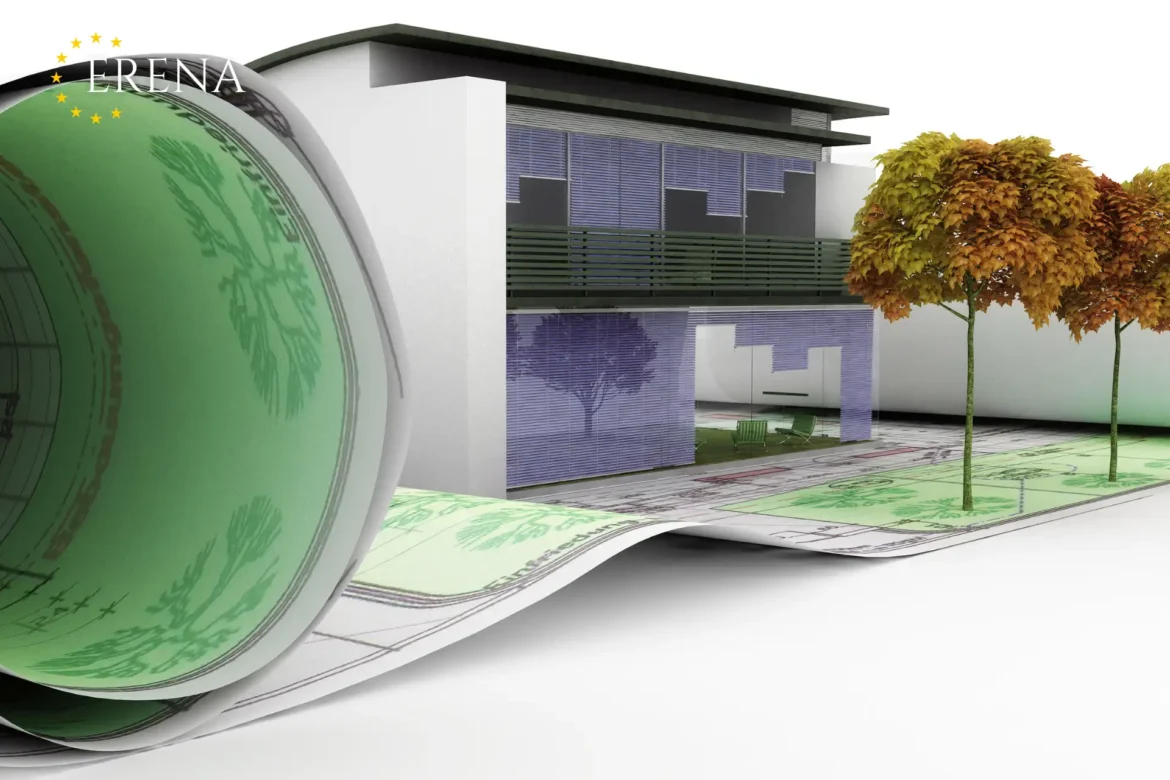Introduction
The issue of housing shortages has long been a pressing problem for Germany. Growing demand for real estate, driven by population growth, urbanization, and migration processes, highlights the need for government support in constructing new housing. In this context, government subsidies play a crucial role in stimulating construction, supporting low- and middle-income citizens, and ensuring the sustainable development of the construction sector.
Government subsidies pursue several objectives: promoting the creation of affordable housing, supporting environmentally sustainable construction, and improving the energy efficiency of buildings. These measures not only enhance citizens’ living conditions but also contribute to economic growth by creating new jobs in the construction industry.
Main Types of Subsidies
Germany offers several types of government subsidies aimed at supporting the construction of new housing:
1. Direct Subsidies The government provides direct financial assistance to developers or individuals involved in building new housing. These subsidies can be used to cover part of the costs, including land acquisition, construction, and utility connections.
2. Preferential Loans Special programs, such as preferential loans offered by the government-backed KfW (Kreditanstalt für Wiederaufbau), provide financing on favorable terms. This reduces the financial burden on developers and individuals involved in construction.
3. Social Housing The government actively supports the construction of social housing for low-income citizens. Programs are funded at both the federal and regional levels, and the allocated funds are directed toward building affordable housing with capped rental prices.
4. Energy-Efficient Construction Programs In light of global environmental challenges, Germany promotes the construction of energy-efficient buildings. Subsidies are provided for the use of innovative technologies, installation of solar panels, renewable energy heating systems, and building insulation.
5. Tax Incentives In addition to direct subsidies, tax incentives are offered to individuals and companies investing in housing construction. These incentives reduce the tax burden, making projects more profitable.
KfW Programs and Their Features
One of the key instruments supporting new housing construction in Germany is the KfW programs. This organization provides financing for both private developers and construction companies. The main programs include:
1. KfW Building Efficiency Standards This program is aimed at encouraging the construction of energy-efficient buildings. Participants can receive loans of up to €120,000 at low interest rates and bonuses for meeting environmental standards.
2. KfW 124 Program Designed to support individuals who want to build their own homes. The program offers low-interest loans with flexible repayment terms.
3. KfW 153 Program Specializes in financing energy-efficient construction. Participants receive additional benefits for using modern technologies, such as thermal insulation and solar heating systems.
4. Support for Families and Young Professionals KfW offers special conditions for young families, providing them with more favorable loans and subsidies for building their first home. This encourages younger generations to acquire their own property.
Social Housing
The issue of affordable housing is particularly relevant for low-income citizens. Government subsidies for social housing construction ensure access to quality housing for those who cannot afford market prices. Key aspects include:
• Funding The federal government allocates significant funds for social housing construction, which are then distributed among regions.
• Rental Conditions The constructed housing is rented out at fixed low prices, making it accessible to a broad population.
• Regional Initiatives Some federal states, such as Bavaria and North Rhine-Westphalia, implement their own subsidy programs to complement nationwide measures.
Energy-Efficient and Sustainable Construction
In recent years, Germany has actively promoted the ideas of environmental sustainability. The government provides financial support for projects that meet high energy efficiency standards. Among these measures:
• Building Insulation Subsidies are allocated for the use of modern materials and technologies to reduce heat loss.
• Renewable Energy Sources Financing is provided for the installation of solar panels, geothermal heating systems, and other eco-friendly solutions.
• Reducing Carbon Footprint The use of environmentally friendly construction materials and technologies is encouraged with additional subsidies.
Role of Local Authorities
Municipalities play a crucial role in allocating subsidies and supporting new housing construction. They:
• Develop regional subsidy programs tailored to the specifics of the local housing market.
• Provide land for construction on favorable terms.
• Collaborate with private developers and building cooperatives to implement large-scale projects.
Challenges and Issues
Despite extensive support measures, the subsidy system faces several challenges:
1. Insufficient Funding In some regions, the amount of allocated subsidies does not meet actual needs.
2. Bureaucratic Barriers The application process for obtaining subsidies is often accompanied by complex documentation and lengthy reviews.
3. Rising Costs of Construction Materials Inflation and shortages of building materials increase project costs, reducing the effectiveness of subsidies.
4. Regional Imbalance In some federal states, subsidies are distributed unevenly, leading to housing shortages in more populated areas.
Examples of Successful Cases
Despite the challenges, there are successful examples of utilizing government subsidies in Germany. For instance, in Berlin and Munich, large-scale projects have been implemented to construct affordable and social housing, significantly improving citizens’ living conditions. In these projects, government subsidies played a key role in ensuring financial stability and attracting private investors.
Conclusion and Prospects
Government subsidies for new housing construction are an important tool for addressing the housing crisis in Germany. They stimulate construction, improve housing accessibility, and support environmental standards. However, to enhance their effectiveness, the following measures are required:
• Simplifying bureaucratic procedures.
• Increasing funding volumes, especially in regions with high housing demand.
• Enhancing the flexibility of subsidy programs to account for regional specifics.
In the future, government policy in the area of subsidies should focus on supporting energy-efficient construction, developing regional initiatives, and ensuring an equitable distribution of funds. This approach will not only address current challenges but also create a foundation for the sustainable development of the housing sector in Germany.
Government Subsidies Supporting New Housing Construction in Germany
1.5K

